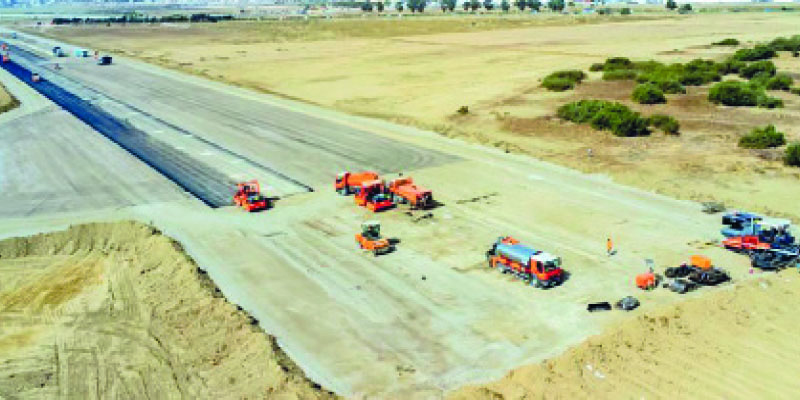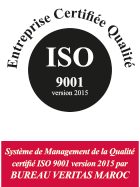
THE management of State-owned land remains a strategic issue, marked by complex challenges, foremost among which is the resolution of land disputes. This problem is hampering the optimal use of land. At a meeting organized by the General Confederation of Moroccan Enterprises (CGEM) with Fouzi Lekjaâ, Minister Delegate for the Budget, an urgent appeal was made to the private sector to regularize its situation with the Government Estates Directorate (Direction des Domaines de l’État). This initiative is aimed at resolving a number of irregularities, including abandoned projects, illegal occupancy and late payments. These dysfunctions leave land resources unused, at a time when land is becoming increasingly precious. Against this backdrop, it is becoming imperative to ensure that mobilized land is used for projects offering genuine added value. This requirement, unanimously recognized by all stakeholders, calls for continuous improvement in procedures and greater rigor in the management of commitments. In 2024, the Government Estates Directorate mobilized more than 20,000 hectares for investment projects, spread over some 500 initiatives, a significant proportion of which were in the agricultural sector. For example, 10,000 hectares have been allocated to almost 200 agricultural projects. These figures do not take into account the areas dedicated to the strategic green hydrogen program. However, despite these efforts, the scarcity of available land remains a structural challenge that demands rapid responses. There are two priority areas for tackling the land challenge. The first is to resolve land-related conflicts. Mohammed El Kharmoudi, Director of Government Estates, revealed that “ some 800 hectares have been recovered and reintegrated into public ownership, to be reallocated to genuinely promising projects ”. This is a strong signal from the Government that the commitments made by beneficiaries must be respected, on pain of sanctions. The second lever is the proactive reconstitution of land reserves. By 2024, almost one million hectares had been added to the Government’s land holdings, with the aim of reaching 1.5 million hectares by 2025. This strategic reserve will support major national projects, including those linked to the organization of the 2030 World Cup. This mega-event calls for rigorous planning to guarantee the availability of the required land.
Khadija MASMOUDI


























